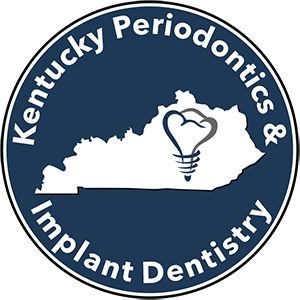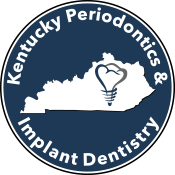Receding gums are usually one of the most noticeable signs of periodontal disease, but this condition occurs so slowly that many people do not notice until their gums have receded significantly. Receding gums is the process where the gum line moves down the root surface of the tooth, exposing more of the tooth. Often, the tooth will appear longer than normal.
Receding gums can be uncomfortable, causing root sensitivity, gum inflammation, and increasing the risk of root decay. It is important to have your receding gums repaired with a gum graft because the gum tissue is the primary barrier against bacteria. Gum grafting also can be used to return the gum line to a more attractive level. Receding gums can have an embarrassing effect on the smile, making the teeth look too long or too large.
There are three kinds of gum grafting procedures that can restore a beautiful smile and oral health. Dr. Camenisch can determine which procedure is best depending on your specific needs.
A connective tissue graft is the most common procedure and is used to treat root exposure around one or more teeth. Tissue is removed from under a flap of skin from the roof of the mouth. The tissue is then sutured over the areas needing extra gum tissue. The new and existing tissues will eventually grow together, forming a new gum line.
A free gingival graft differs in that tissue is taken directly from the roof of the mouth, as opposed to under a flap of tissue. This method is generally used in patients who have thin gums.
A pedicle graft uses gum tissue that is near the area lacking tissue. A flap is cut, and the tissue is stretched over the exposed root and stitched into place. This procedure is typically used in patients who have plenty of gum tissue in the surrounding area.



